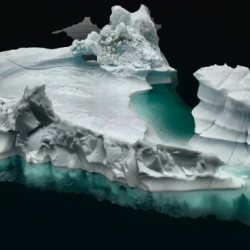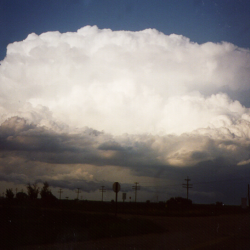Satellites Offer New View of Chesapeake Bay’s Marine Heat Waves
Heat waves destroy crops, drive wildfires, and kill humans and wildlife, but these extreme weather events aren’t just limited to land. Large bodies of water can also be hit by heat waves that linger for weeks, months and sometimes years—much like “The Blob,” a sprawling hot spot off the U.S. West Coast that wreaked havoc on Pacific Ocean ecosystems from 2013 to 2016.
New University of Maryland-led research reveals that the Chesapeake Bay has seen “significant increases” in annual marine heat waves, defined in the study as “prolonged periods of anomalously warm water.” Published in the journal Estuaries and Coasts, the study leveraged long-term satellite observations to map out heat waves over 20 years.
The data revealed that, on average, the Chesapeake Bay experiences heat waves 25 days annually. From 2003 to 2022, the bay had a roughly 10% uptick in annual marine heat waves, translating to two to four additional marine heat waves per decade.
“It sounds small, but a little bit goes a long way in the climate system,” said study lead author Rachel Wegener (M.S. ’23, atmospheric and oceanic science), who conducted this research as part of her master’s thesis at UMD.
- Log in to post comments







